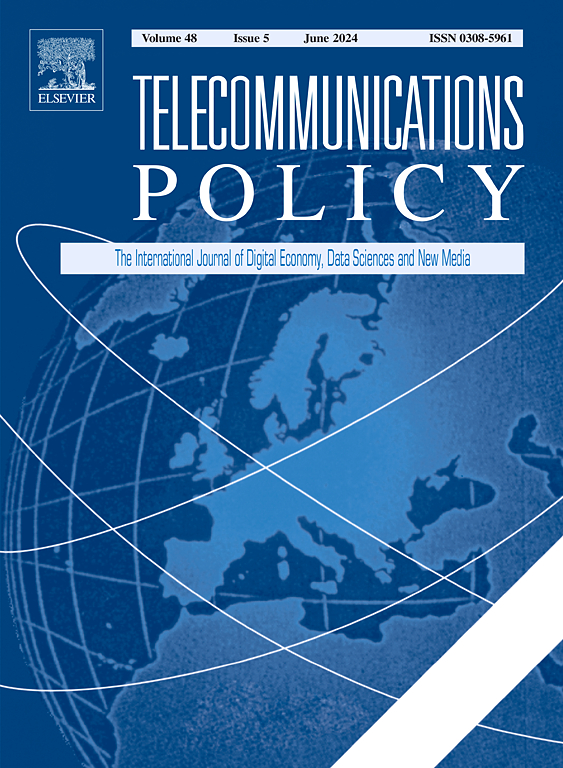相同的目标,不同的路径:中国和印度人工智能监管方法的对比
IF 6.4
2区 管理学
Q1 COMMUNICATION
引用次数: 0
摘要
这篇论文是对中国和印度这两个主要发展中国家如何提议监管人工智能(AI)系统的比较分析。尽管两国的情况相似,都是旨在升级技术部门和创造就业机会的大型发展中经济体,但两国在人工智能监管方面采取了截然不同的方法。基于利益集团理论,我们认为,问题定义的差异——主要是在中国的经济竞争力和国家安全方面,以及在印度的应用——导致了两国采用截然不同的决策群体;中国的同质技术官僚和安全专家群体,以及印度包括消费者权益倡导者在内的更广泛群体。这反过来导致了中国雄心勃勃和深刻的政策变化,而印度则采取了相对渐进和基于共识的举措。本文章由计算机程序翻译,如有差异,请以英文原文为准。
Same goal, different paths: Contrasting approaches to AI regulation in China and India
This paper is a comparative analysis of how two leading developing nations, China and India, are proposing to regulate artificial intelligence (AI) systems. Despite similarity in circumstances as large developing economies aiming to upgrade their technology sectors and create jobs, the two countries have taken significantly different approaches to AI regulation. Based on interest group theory, we argue that contrasting problem definitions—predominantly in terms of economic competitiveness and national security in China and as applications in India—resulted in the recruitment of very different decision-making groups in the two countries; homogeneous groups of technocrats and security specialists in China and a broader group including consumer advocates in India. This in turn resulted in ambitious and deep policy changes in China and relatively incremental and consensus-based moves in India.
求助全文
通过发布文献求助,成功后即可免费获取论文全文。
去求助
来源期刊

Telecommunications Policy
工程技术-电信学
CiteScore
10.80
自引率
12.50%
发文量
122
审稿时长
38 days
期刊介绍:
Telecommunications Policy is concerned with the impact of digitalization in the economy and society. The journal is multidisciplinary, encompassing conceptual, theoretical and empirical studies, quantitative as well as qualitative. The scope includes policy, regulation, and governance; big data, artificial intelligence and data science; new and traditional sectors encompassing new media and the platform economy; management, entrepreneurship, innovation and use. Contributions may explore these topics at national, regional and international levels, including issues confronting both developed and developing countries. The papers accepted by the journal meet high standards of analytical rigor and policy relevance.
 求助内容:
求助内容: 应助结果提醒方式:
应助结果提醒方式:


